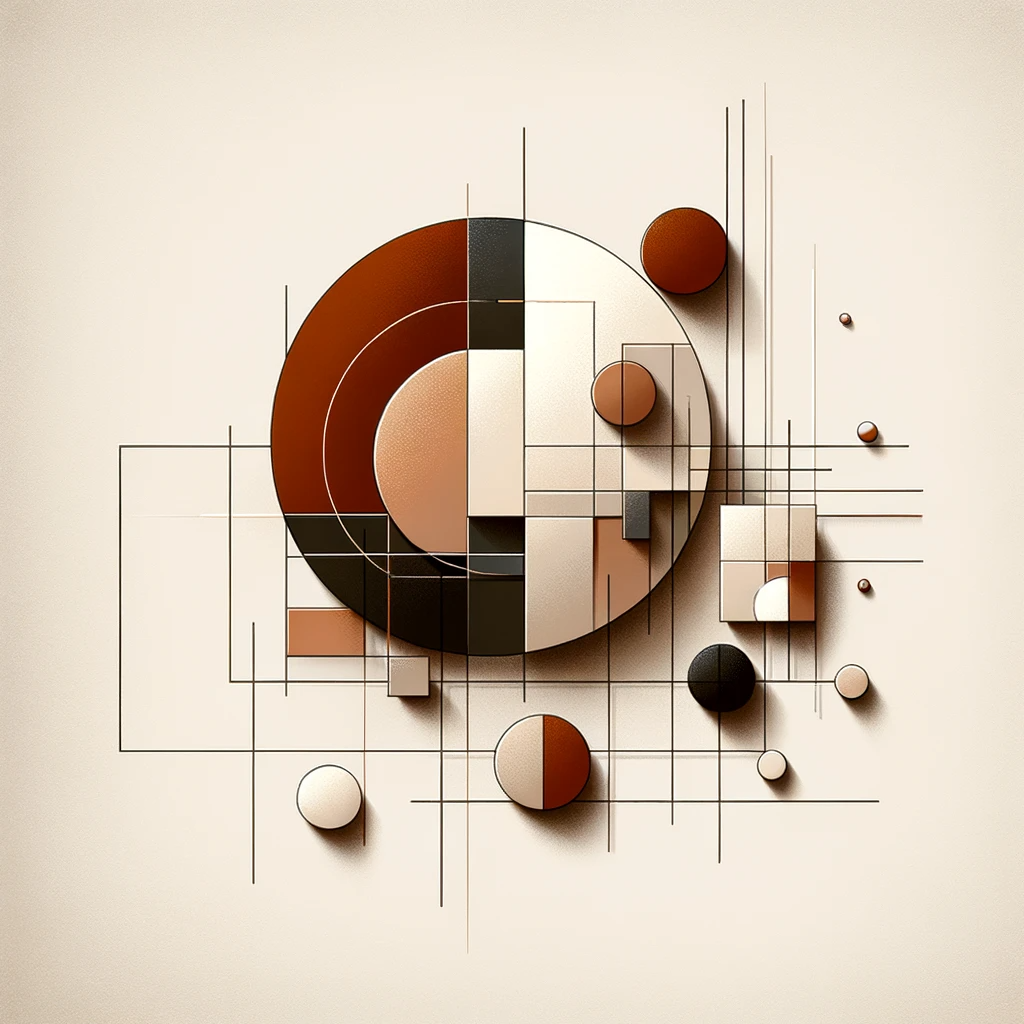In a world that often seems cluttered and chaotic, the power of simplicity and the profound appeal of orderliness cannot be overestimated. Minimalism, an art movement that emerged in the late 1950s, embodies this notion, leveraging simplicity in form and an objective, impersonal approach to create powerful and thought-provoking art.
The Emergence of Minimalism
Minimalism emerged as a reaction to the complexity and expressiveness of Abstract Expressionism. Artists in the Minimalist movement aimed to strip their works down to their most fundamental features. Their focus was on the art itself, devoid of representational significance or emotional attachment, and they often incorporated industrial materials and repetitive geometric shapes into their creations.
Key Features of Minimalism: Simplicity and Objectivity
The defining characteristics of Minimalist art are simplicity and objectivity. Minimalist artists typically use a limited range of materials and colours, and their works often consist of simple geometric shapes or forms. The objective approach is another hallmark of Minimalism. The artist's presence is typically minimized in the creation of the work, with many works being assembled or completed by others based on the artist's instructions.
Pioneers of Minimalism: Agnes Martin and Donald Judd
Agnes Martin and Donald Judd are two of the most prominent figures in the Minimalist art movement.
Agnes Martin was known for her serene grid-based paintings that subtly play with light, form and color. Though her work is often associated with Abstract Expressionism, her belief in the spiritual and expressive power of art aligns her with the ideas of Minimalism. Martin's work often reflects a Zen-like philosophy and a pursuit of perfection through repetition and subtle variation.
Donald Judd, on the other hand, was a leading figure in the use of industrial materials. Judd created large-scale works known as "specific objects" that blurred the boundaries between painting and sculpture. He is best known for his "stacks," vertical arrangements of identical box-like forms made from industrial materials like metal and Plexiglas.
The Influence of Minimalism
While Minimalism began as a reaction to the subjectivity and chaos of Abstract Expressionism, its impact extends beyond the art world. Its principles of simplicity, repetition, and focus on essential elements have influenced architecture, design, music, and literature. It has also influenced contemporary art forms like conceptual art and installation art.
Minimalism invites viewers to engage with the artwork, to explore their perception and to experience the sublime in the simplicity. As our world becomes increasingly complex and chaotic, the appeal and relevance of Minimalism's clear, simple forms continue to resonate.
In conclusion, Minimalism serves as a reminder of the power of simplicity and the profound impact of pared-down, elemental forms in art. Its influence is seen not only in the art world but in our everyday lives, proving that less can indeed be more.
